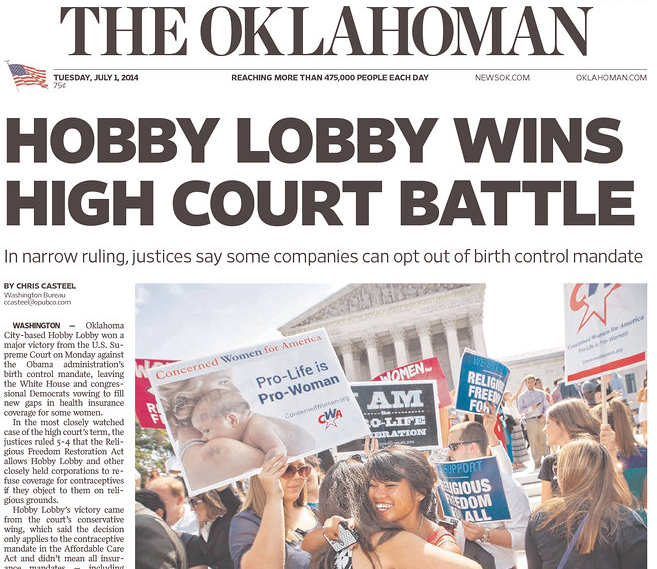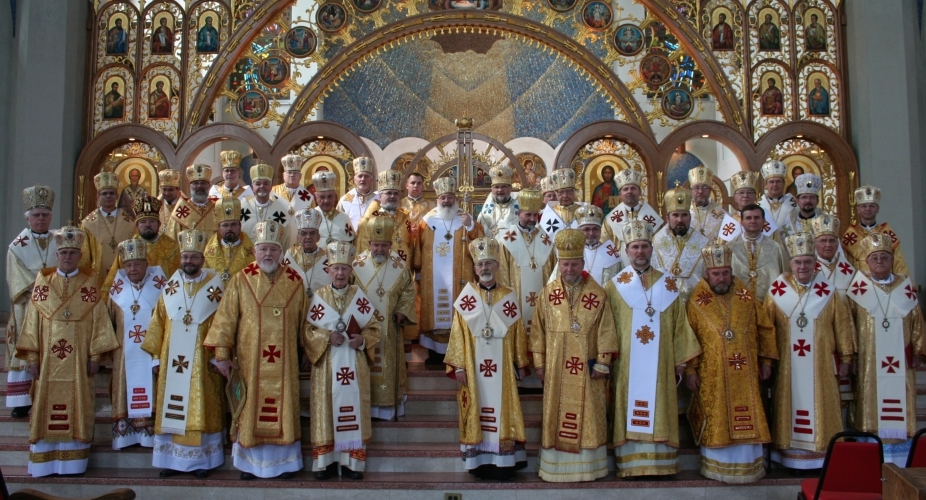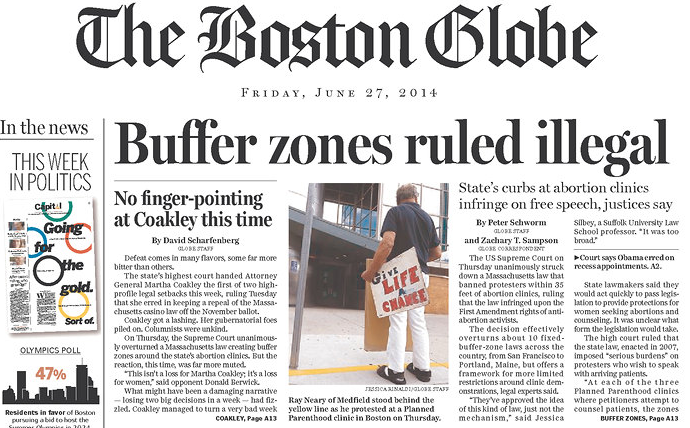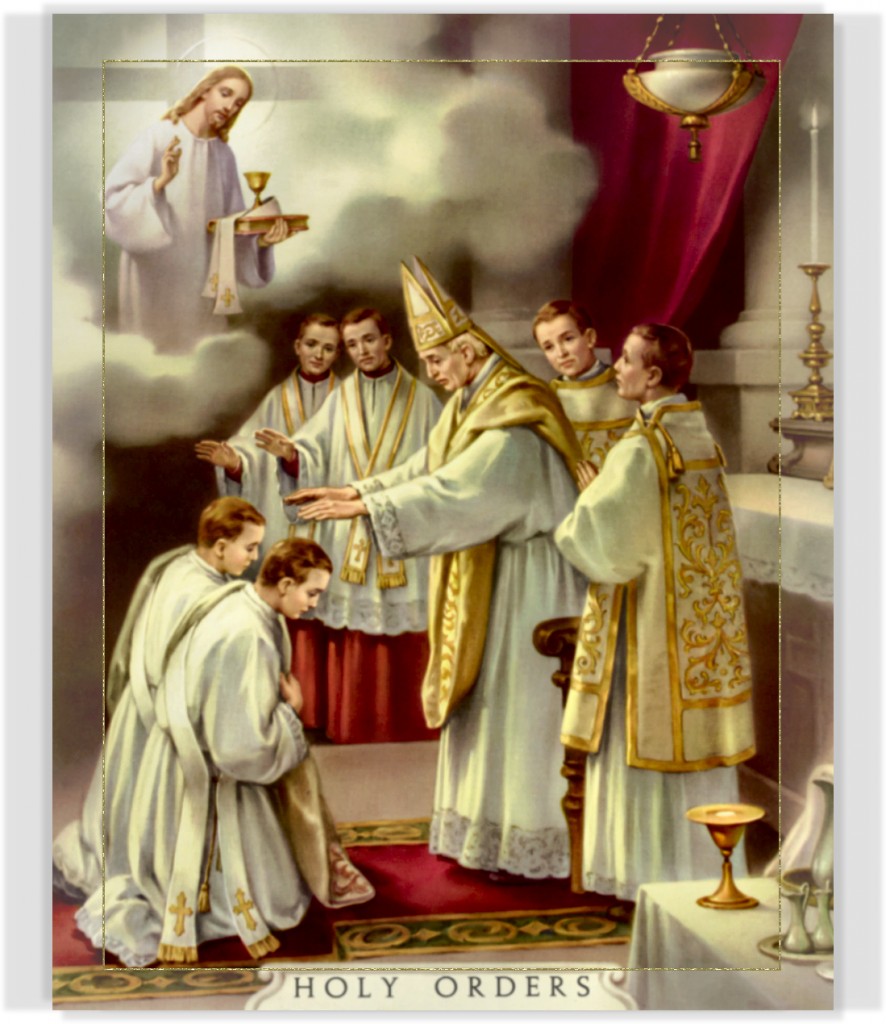One of the big misconceptions about the Hobby Lobby case (with apologies to Conestoga Wood Specialties) is that the Oklahoma City-based arts and crafts retailer refuses to pay for employees’ contraceptive coverage.
Alas, the National Review notes:
Hobby Lobby’s health care plan … includes access, copay-free, to the following categories of FDA-approved birth-control:
- Male condoms
- Female condoms
- Diaphragms with spermicide
- Sponges with spermicide
- Cervical caps with spermicide
- Spermicide alone
- Birth-control pills with estrogen and progestin (“Combined Pill)
- Birth-control pills with progestin alone (“The Mini Pill)
- Birth control pills (extended/continuous use)
- Contraceptive patches
- Contraceptive rings
- Progestin injections
- Implantable rods
- Vasectomies
- Female sterilization surgeries
- Female sterilization implants
The Becket Fund for Religious Liberty, which represented Hobby Lobby, explains the family-owned company’s position:
The Green family has no moral objection to the use of 16 of 20 preventive contraceptives required in the mandate, and Hobby Lobby will continue its longstanding practice of covering these preventive contraceptives for its employees. However, the Green family cannot provide or pay for four potentially life-threatening drugs and devices. These drugs include Plan B and Ella, the so-called morning-after pill and the week-after pill. Covering these drugs and devices would violate their deeply held religious belief that life begins at the moment of conception, when an egg is fertilized.
Given the widespread confusion over the case, details concerning what Hobby Lobby will fund, what it won’t — and why — are crucial to understanding this week’s major U.S. Supreme Court ruling.
Based strictly on that important question, I reviewed some of the major first-day news coverage of the high court’s 5-4 decision this week in Hobby Lobby’s favor (a hat tip to the Pew Research Center’s daily religion headlines for providing most of the below links).
Maybe I’m being overly generous in my summer grading, but the coverage I read — in general — did an adequate job of explaining the contraceptives issue:
• Boston Globe: A.
Obama’s health care law requires company insurance plans to provide free access to 20 contraceptive methods that have been approved by the Food and Drug Administration. Hobby Lobby and Conestoga Wood objected to having to cover two types of emergency contraceptive pills and two types of IUDs that they liken to abortion.
If the owners of the companies comply with the mandate, “they believe they will be facilitating abortions, and if they do not comply, they will pay a very heavy price — as much as $1.3 million per day, or about $475 million per year, in the case of one of the companies,” (Justice Samuel) Alito wrote.
• Detroit Free Press: B.
Hobby Lobby objected to providing insurance for four contraceptives: two morning-after pills and two types of intrauterine devices. The high court’s ruling, however, applies to all 20 FDA-approved contraceptives in the following way: If a family business is opposed to any of them on religious grounds, it can’t be forced to pay for them. …
The decision involves two Christian-owned family businesses that challenged a provision of the federal Affordable Care Act, claiming it unlawfully required them to pay for contraception insurance or face hefty fines of up to $1.3 million a day. The owners of Hobby Lobby, along with those of a -based (sic) cabinet wood maker, said they believe that some contraceptives “end human life after conception” so they shouldn’t be forced to offer them.
The Free Press needed to make clearer that Hobby Lobby’s insurance plan covers most of the contraceptives.














